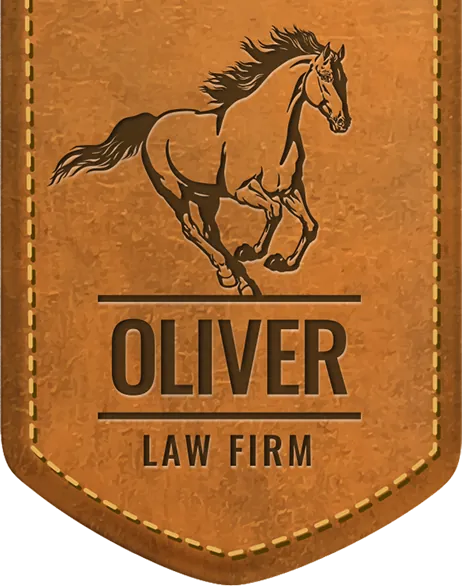The turning radius of an 18-wheeler can pose a threat to other vehicles and put drivers and passengers at risk for serious injuries. There’s a reason why 18-wheelers often have placards warning that they make “Wide Turns.” 18-wheelers have a much wider turning radius than cars, pickup trucks, and SUVs. This makes them more difficult to operate safely in traffic, at intersections, and on narrow roads—and this makes them more likely to be involved in turning-related accidents.
The truck accident lawyers at Oliver Law Firm have helped clients recover the justice and compensation they deserve after a big rig accident for years. We have built a reputation for excellence in handling these difficult cases in Arkansas and throughout the United States. We understand the hardships you may be facing after a serious collision and we are committed to helping you pursue the maximum compensation to which you may be entitled under the law.
The Turning Radius of an 18-Wheeler
So, what is the turning radius of an 18-wheeler? The answer to this question varies from one 18-wheeler to the next. In general, however, all 18-wheelers have wide turning radiuses, with many requiring almost twice as much room to turn as a “normal” sized vehicle. Here are some key details to consider:
- The average turning radius of an 18-wheeler is approximately 55 feet.
- An 18-wheeler’s specific turning radius depends on its overall length, which can vary from 70 to 80 feet.
- Despite being more than four times the length of an average car, 18-wheelers have an average turning radius less than twice that of the average car.
- While the average turning radius of an 18-wheeler is approximately 55 feet, the average four-lane road is only 48 feet wide.
- Not only do 18-wheelers have a wide turning radius, but they also have a large blind spot on the inside of where they need to turn.
The wide turning radius of an 18-wheeler is the reason why these trucks often need to make right-hand turns from the left-hand lane (or swing out left before turning right). These trucks’ “Wide Turn” placards are intended to warn other motorists of the need to stay clear when their turn signals are flashing. However, this isn’t always possible. Ultimately, it is the truck driver’s responsibility to avoid causing a collision; and, if a car, pickup truck, or SUV is in the way of a turn, the truck driver needs to either wait or find an alternate route.
An 18-wheeler’s wide turning radius can present risks for pedestrians as well. If a truck driver doesn’t turn wide enough, the truck can end up driving over the sidewalk at the corner of an intersection. If a pedestrian is looking the other way or is unable to get to safety in time, this can result in serious—or potentially even fatal—injuries.
18-Wheeler Accidents Involving Dangerous Turns
If you or someone you love has been seriously injured in an 18-wheeler accident involving a dangerous turn in Arkansas, you have clear legal rights. As we mentioned above, truck drivers have a duty to avoid causing collisions—even if this means waiting to turn or finding an alternate route. If a truck driver breaches this duty, not only can the truck driver be held financially accountable, but the truck driver’s employer can be held financially accountable in most cases as well.
But, to recover just compensation for your (or your loved one’s) accident, you will need proof that the truck driver made a dangerous turn. While various forms of evidence may be available, the longer you wait to take action, the more difficult it can become to collect the evidence you need. With this in mind, as soon as possible after the accident, you should hire a lawyer to conduct an investigation focused on collecting evidence such as:
- Traffic or surveillance camera footage
- Cell phone photos or videos
- Debris and other forensic evidence at the crash site
- Documentation of any damage to the 18-wheeler
- Documentation of any damage to your (or your loved one’s) vehicle
Not all of these forms of evidence will be available in all cases; and, depending on where your (or your loved one’s) accident happened, various other forms of evidence may be available as well. To file a claim against the truck driver’s employer, your lawyer will also need documentation of the truck driver’s employment and proof that he or she was on the clock at the time of the collision. But, while proving your legal rights after an 18-wheeler accident can be a process, going through the process will be well worth it if it means recovering the compensation you deserve for your medical bills, loss of earnings, pain and suffering, and other accident-related losses.
Do You Have an 18-Wheeler Accident Claim? Find Out for Free
Do you need to know more about seeking compensation for an 18-wheeler accident involving a dangerous turn in Arkansas? If so, we encourage you to contact us promptly for a free, no-obligation consultation.
Contact Oliver Law Firm today online or at 479-202-5200 for a FREE case evaluation. We serve clients throughout Arkansas and throughout the United States from our office in Rogers, AR.
a Free Consultation



